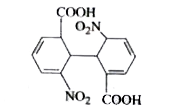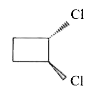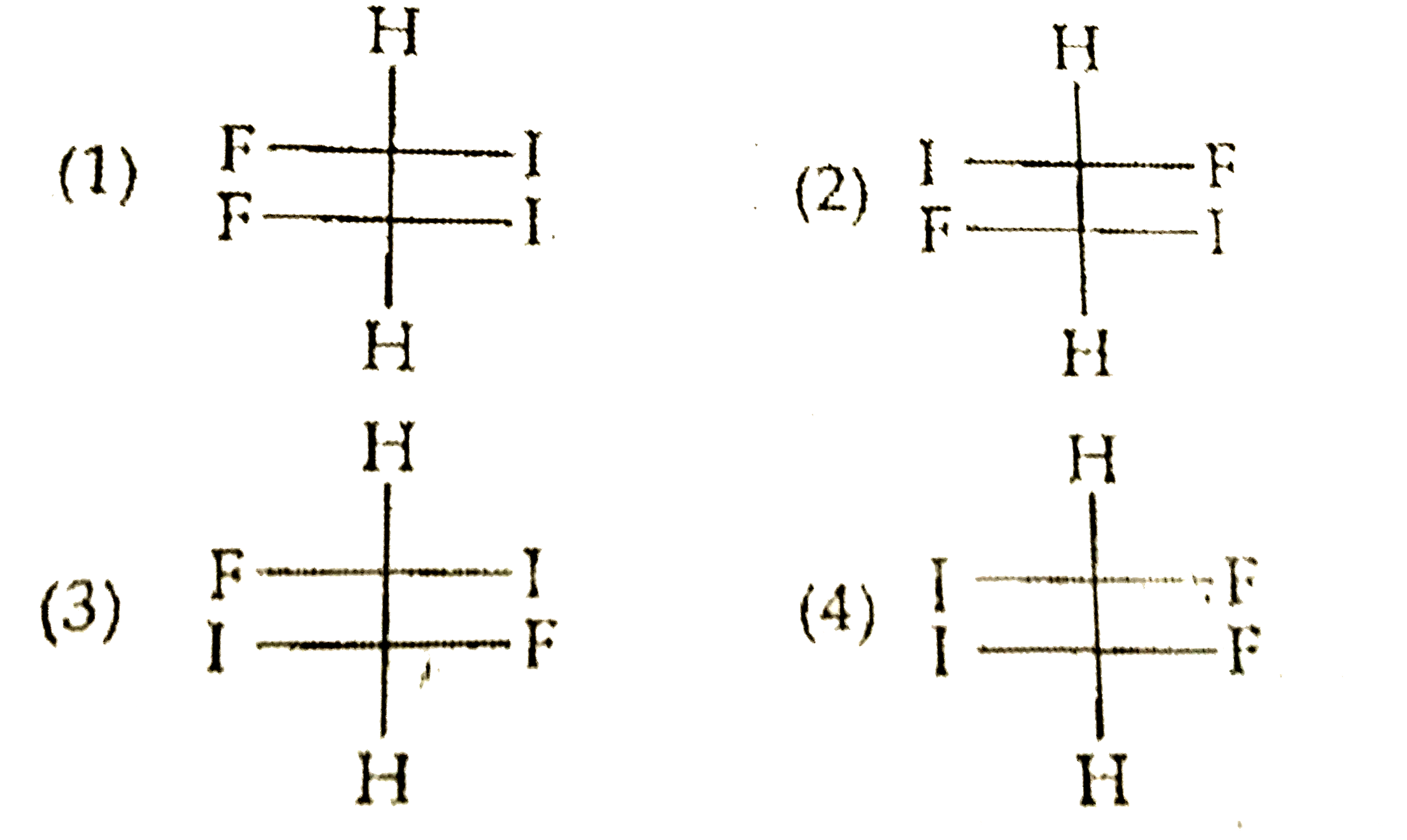Which of the following compounds is optically inactive?




The correct Answer is:B
To determine which of the given compounds is optically inactive, we need to identify the presence of chiral centers in each compound. A compound is optically inactive if it does not have a chiral carbon atom, which is defined as a carbon atom that is bonded to four different substituents.
1. Understand Optical Activity:
- Optical activity is a property of chiral compounds that can rotate plane-polarized light. Chiral compounds have at least one chiral carbon atom, which is a carbon atom bonded to four different groups.
2. Identify Chiral Centers:
- For each compound provided, we will analyze the carbon atoms to see if any of them are chiral. A chiral carbon must have four different substituents.
3. Analyze Each Compound:
- Compound 1: Check for symmetry and chiral centers.
- Upon examination, we find that this compound does not have any carbon atom with four different substituents. Therefore, it is likely to be optically inactive.
- Compound 2: Check for symmetry and chiral centers.
- This compound shows symmetry. If we divide it, we can see that it has two identical halves, indicating that it does not have a chiral center. Thus, it is optically inactive.
- Compound 3: Check for symmetry and chiral centers.
- In this compound, every carbon atom is bonded to different groups. Thus, it contains chiral centers and is optically active.
- Compound 4: Check for symmetry and chiral centers.
- Similar to compound 3, this compound also has chiral centers due to the presence of different substituents on the carbon atoms, making it optically active.
4. Conclusion:
- From the analysis, we find that Compound 2 is the only compound that is optically inactive due to its symmetry and lack of chiral centers.
Final Answer:
The compound that is optically inactive is Compound 2.
- Optical activity is a property of chiral compounds that can rotate plane-polarized light. Chiral compounds have at least one chiral carbon atom, which is a carbon atom bonded to four different groups.
- For each compound provided, we will analyze the carbon atoms to see if any of them are chiral. A chiral carbon must have four different substituents.
- Compound 1: Check for symmetry and chiral centers.
- Upon examination, we find that this compound does not have any carbon atom with four different substituents. Therefore, it is likely to be optically inactive.
- Compound 2: Check for symmetry and chiral centers.
- This compound shows symmetry. If we divide it, we can see that it has two identical halves, indicating that it does not have a chiral center. Thus, it is optically inactive.
- Compound 3: Check for symmetry and chiral centers.
- In this compound, every carbon atom is bonded to different groups. Thus, it contains chiral centers and is optically active.
- Compound 4: Check for symmetry and chiral centers.
- Similar to compound 3, this compound also has chiral centers due to the presence of different substituents on the carbon atoms, making it optically active.
- From the analysis, we find that Compound 2 is the only compound that is optically inactive due to its symmetry and lack of chiral centers.
The compound that is optically inactive is Compound 2.
Similar Questions
Knowledge Check
- Question 1 - Select One
Which of the following compound is optically inactive ?
ACH3⋅CHOH⋅CH2⋅CH3BH2C=CH⋅CH2⋅CH=CH2C D
D
- Question 2 - Select One
Which of the following compounds is optically active?
A B
B C
C D
D
- Question 3 - Select One
Which of the following compounds is optically active?
A B
B C
C D
D
Which of the following amino acid is optically inactive?
View SolutionWhich of the following compound may be optical active ?
View SolutionWhich of the following compounds is optically active ?
View SolutionWhich of the following compounds are optically inactive but exhibit geometrical isomerism?
View SolutionWhich of the following compounds will be optically active?
View Solution


